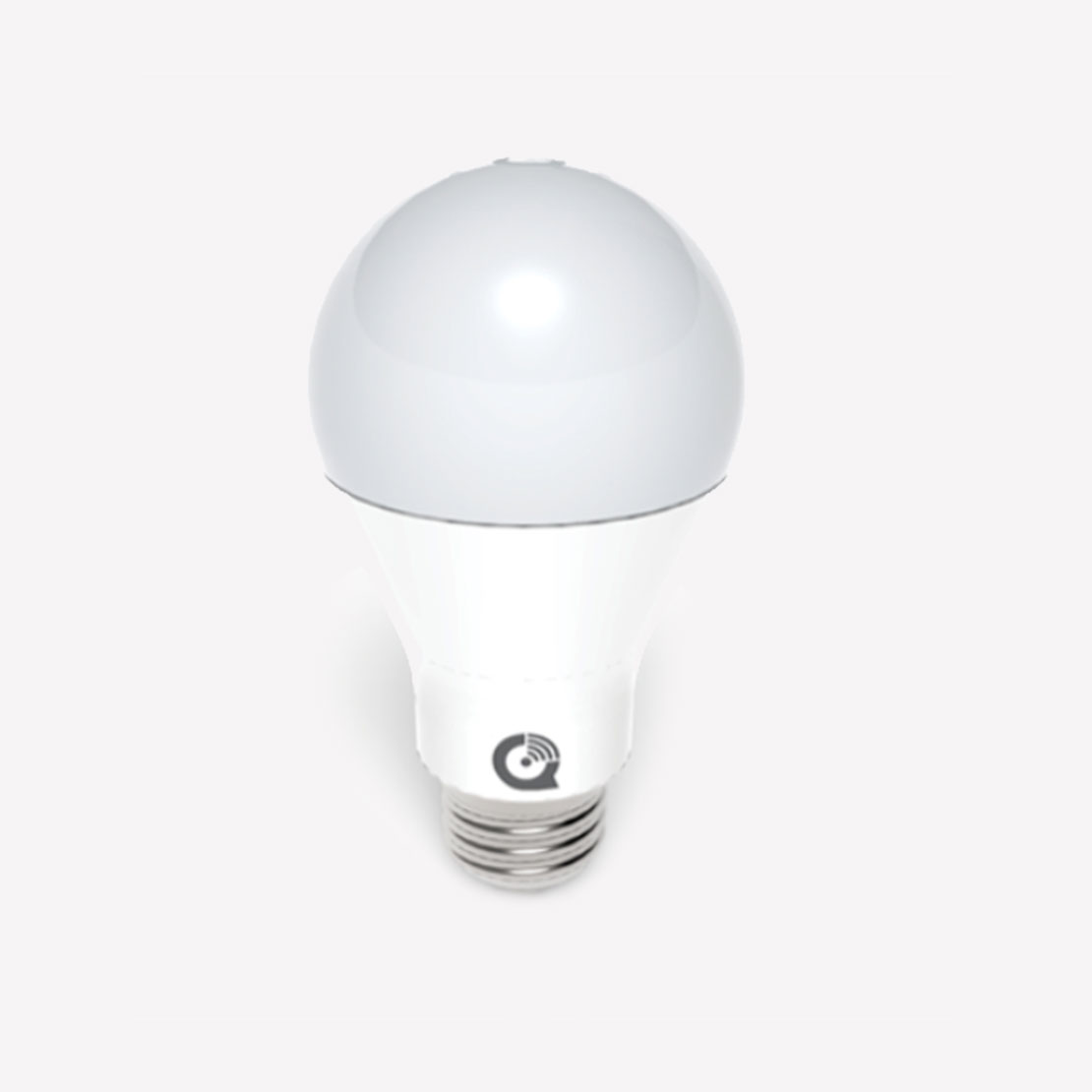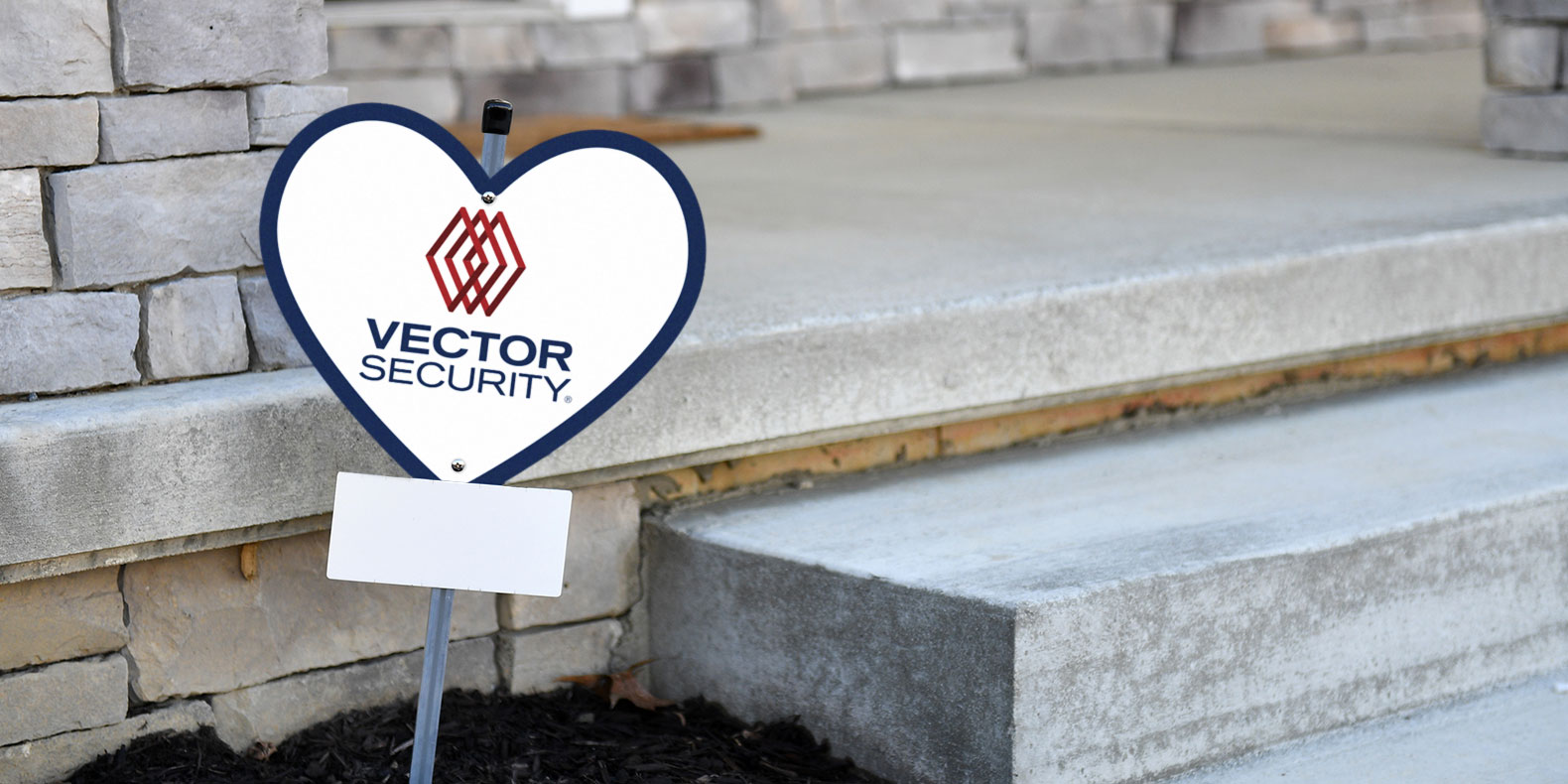For many, smart home speakers and voice-activated devices such as Google Home and Amazon Echo have become so integrated into daily routines, it can be hard to imagine life without them. And since the world began fighting the novel Coronavirus pandemic in early 2020, the role of voice-activated devices has grown as homeowners try to limit the spread of germs by reducing contact with high-touch devices and other people.
COVID-19 Boosts Voice-Controlled Device Purchases
According to global tech market advisory firm ABI Research, over 141 million voice-controlled smart home devices were shipped worldwide in 2019.
In the U.S. alone, NPR estimates more than 60 million Americans own at least one smart speaker. Of those households, most own an average of 2.6 smart devices.
Prior to the outbreak of the Coronavirus, the global smart speaker market was valued at $11.9 billion in 2019, an almost 50 percent increase over 2018. The market segment was expected to reach $35.5 billion in revenue by 2025.
Since the CDC confirmed the first U.S. case of COVID-19 on January 30, 2020, many local governments issued statewide shelter-in-place mandates and businesses required employees to work from home. This change in routine created a significant boost for the smart home speaker market.
Since the outbreak, 35 percent of U.S. smart speaker owners have been listening to more news and information through their devices. Furthermore, 52 percent of smart device owners are using their devices “several times a day or nearly every day” compared to just 46 percent pre-pandemic.
With millions of people working from home and a greater demand for contact-free living, ABI Research, predicts voice control device shipments will grow 30 percent globally over 2019.
Uses for Voice Control During a Pandemic
With the CDC’s recommendations to stay home also came guidelines for preventing the spread of the virus via high-touch surfaces. Countertops, doorknobs, light switches and remote controls quickly became germ-spreading culprits and required regular disinfection.
However, the risk of contamination is reduced for homeowners with smart assistants that offer contactless control. When combined with other devices, voice control can create a smarter and safer home. The following voice-activated commands can decrease the spread of germs by limiting interaction with high-touch surfaces and other people:
- Arm and disarm your security system and video surveillance.
- Lock and unlock your doors.
- View smart doorbell video to check on packages and deliveries.
- Control lights throughout your home and set them to align with daily routines.
- Adjust the thermostat to your temperature preferences and schedule.
- Change channels and record TV programs without touching a remote.
- Open and close your garage door to secure your home, car and belongings.
- Leverage smart plugs to power appliances and entertainment systems on and off.
Selecting a Smart Speaker
With so many options available, choosing the right smart devices for your home can be difficult. Follow these tips for selecting a voice-activated device that fits your needs:
- Research device compatibility. Take inventory of the devices you own or plan to purchase. Are the integrations offered compatible with your smart home ecosystem?
- Ensure the devices you’re considering are secure. IoT devices are top targets for hackers. Ask about security features before purchasing a new device.
- Connect with a smart home provider that owns its own infrastructure and offers a single platform for control.
Keep yourself and your loved ones safe during these unprecedented times and beyond with a smart home tailored to your needs.
To purchase a new system, upgrade your current system or get help navigating the smart home ecosystem landscape, contact us today.



